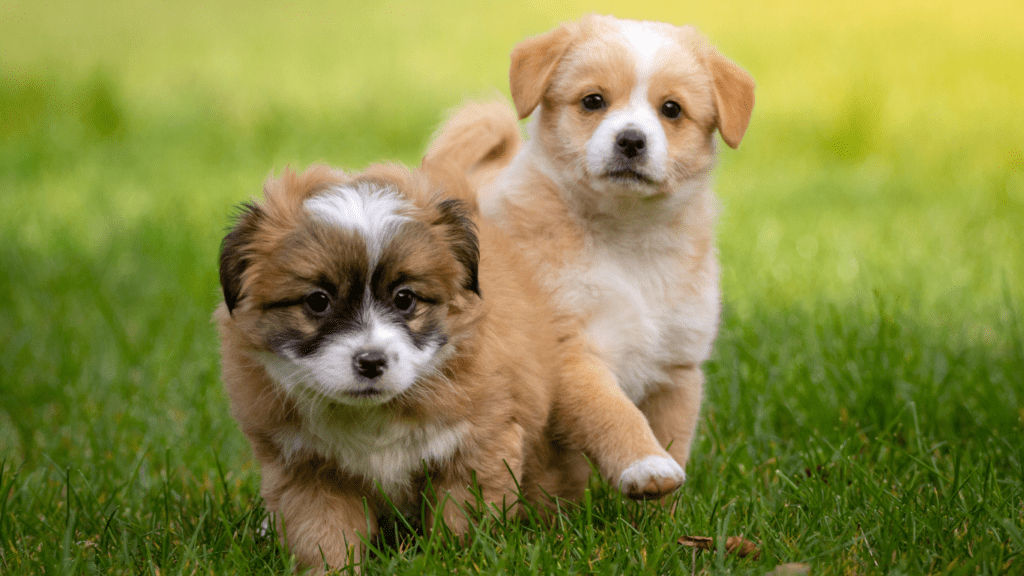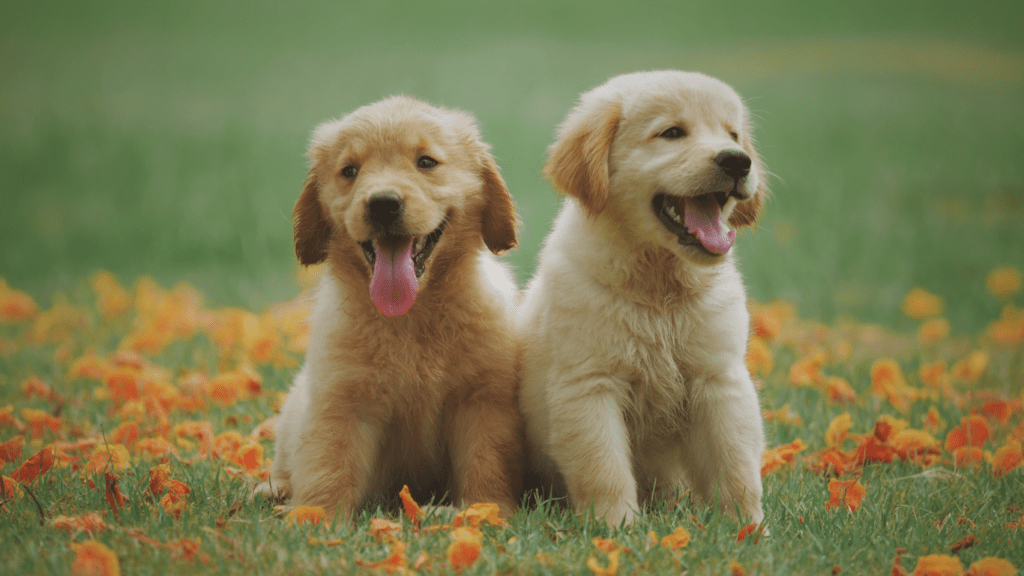Embarking on the journey of puppy parenthood is an exciting yet challenging endeavor. As a first-time pet owner, mastering the art of puppy potty training is crucial for a harmonious coexistence with your furry companion.
In this guide, I’ll walk you through the essential do’s and don’ts to ensure a successful potty training experience for both you and your new four-legged family member.
Navigating the world of puppy potty training can be overwhelming, but fear not, as I’m here to provide you with expert advice and proven strategies that will set you and your pup up for success.
From establishing a consistent routine to understanding your puppy’s cues, I’ll cover everything you need to know to make the potty training process as smooth as possible.
So, grab your treats, leash, and patience, and let’s dive into the dos and don’ts of puppy potty training for first-time pet owners.
Understanding Puppy Potty Training
When it comes to understanding puppy potty training, consistency is key. I’ll share some valuable insights to help you navigate this crucial aspect of pet ownership effectively. Here are the essential points to grasp:
- Puppy Cues: Recognizing your puppy’s cues is vital in successful potty training. I’ll explain how to decipher these signals and act promptly.
- Establishing Routine: Establishing a consistent routine is essential. I’ll guide you on how to set up a schedule that works for both you and your furry friend.
- Positive Reinforcement: I’ll delve into the importance of positive reinforcement techniques in shaping your puppy’s behavior during potty training.
- Patience and Persistence: Potty training may have its challenges, but with patience and persistence, you can overcome them. I’ll provide tips on staying determined throughout the process.
Setting Up for Success
When setting up for success in puppy potty training, choosing the right potty spot is crucial. It’s essential to select an area that is easily accessible to your puppy at all times.
This spot should be away from your pet’s sleeping and eating areas to reinforce the idea of separate spaces for different activities.
Introducing a consistent schedule is key to effective potty training. I recommend taking your puppy out first thing in the morning, after meals, and before bedtime.
By maintaining a regular routine, you help your puppy learn when to expect potty breaks, reducing accidents in the house. Consistency is the cornerstone of successful potty training.
Do’s of Puppy Potty Training
Implementing the correct strategies is crucial when it comes to puppy potty training. Here are the key do’s you should follow for successful training:
- Establish a Consistent Routine: Maintaining a regular schedule for potty breaks helps your puppy learn when and where to go potty.
- Use Positive Reinforcement: Rewarding your puppy with treats or praise every time they potty in the right spot encourages good behavior.
- Supervise Closely: Keep a close eye on your puppy, especially after meals or naps, as these are common times for potty needs.
- Understand Your Puppy’s Signals: Learn to recognize when your puppy needs to go potty by observing their behavior and cues.
- Stay Patient and Persistent: Training takes time, so be patient with your puppy and continue the training process consistently.
By adhering to these do’s of puppy potty training, you set the stage for a successful and fulfilling training experience for both you and your furry friend.
Don’ts of Puppy Potty Training
Mistakes in puppy potty training can hinder progress and lead to confusion for both you and your furry friend. Avoiding common pitfalls is crucial in ensuring a successful training journey. Here are some essential “don’ts” to keep in mind:
- Don’t Punish Accidents: Accidents are bound to happen during the training process. Punishing your puppy for these accidents can create fear and anxiety, making them less likely to understand the desired behavior.
- Don’t Use Pee Pads Indefinitely: While pee pads can be useful during the early stages of training, relying on them for too long can confuse your puppy about where it’s acceptable to go potty. Gradually transition to outdoor potty areas.
- Don’t Free Feed: Avoid leaving food out all day for your puppy. Scheduled feeding times can help regulate their digestive system, making potty schedules more predictable.
- Don’t Rush the Process: Potty training takes time and patience. Rushing your puppy or expecting immediate results can create stress and setbacks in the training process.
- Don’t Neglect Supervision: Supervision is critical during potty training. Leaving your puppy unsupervised increases the chances of accidents and makes it harder to correct undesired behavior.
By understanding and avoiding these common “don’ts” of puppy potty training, you can set the stage for a successful training journey with your new furry companion.
Finding Support and Resources
When it comes to puppy potty training, it’s essential to have the right support and resources to navigate this crucial aspect of pet ownership seamlessly. As a first-time pet owner, I know the value of seeking guidance and assistance from experienced individuals and reliable sources. Here are some key strategies to help you find the support you need:
- Veterinarian Guidance: Consulting with a veterinarian is a smart first step in your puppy potty training journey. Veterinarians can offer valuable advice on health-related issues that may impact your puppy’s potty training progress.
- Professional Trainers: Enrolling in puppy training classes led by professional trainers can be highly beneficial. These experts can provide hands-on guidance, personalized tips, and structured training programs tailored to your puppy’s needs.
- Online Communities: Joining online forums and communities dedicated to pet training can connect you with a wealth of knowledge and shared experiences. Engaging with fellow pet owners can offer support, troubleshooting tips, and encouragement along the way.
- Pet Supply Stores: Local pet supply stores often host training events or have knowledgeable staff who can recommend products and tools to aid in your puppy’s potty training. Utilize their expertise to enhance your training approach.
- Books and Guides: Investing in reputable books or guides on puppy training can be a valuable resource. These comprehensive resources provide in-depth information, training techniques, and troubleshooting advice to support your potty training efforts.
By tapping into these support systems and resources, you can arm yourself with the knowledge and assistance needed to navigate the challenges of puppy potty training effectively. Remember, seeking help is a sign of strength and dedication to providing the best care for your furry companion.


 Elena Palen is an integral part of the team behind Animal Potty Care, contributing her knowledge in pet travel care and innovative solutions for on-the-go potty training. Elena’s attention to detail ensures that pet owners have access to reliable, practical tips for keeping their pets comfortable during trips. Her contributions to the platform help make travel with pets a seamless experience, providing users with creative solutions and advice to maintain their pets’ routines while on the move.
Elena Palen is an integral part of the team behind Animal Potty Care, contributing her knowledge in pet travel care and innovative solutions for on-the-go potty training. Elena’s attention to detail ensures that pet owners have access to reliable, practical tips for keeping their pets comfortable during trips. Her contributions to the platform help make travel with pets a seamless experience, providing users with creative solutions and advice to maintain their pets’ routines while on the move.